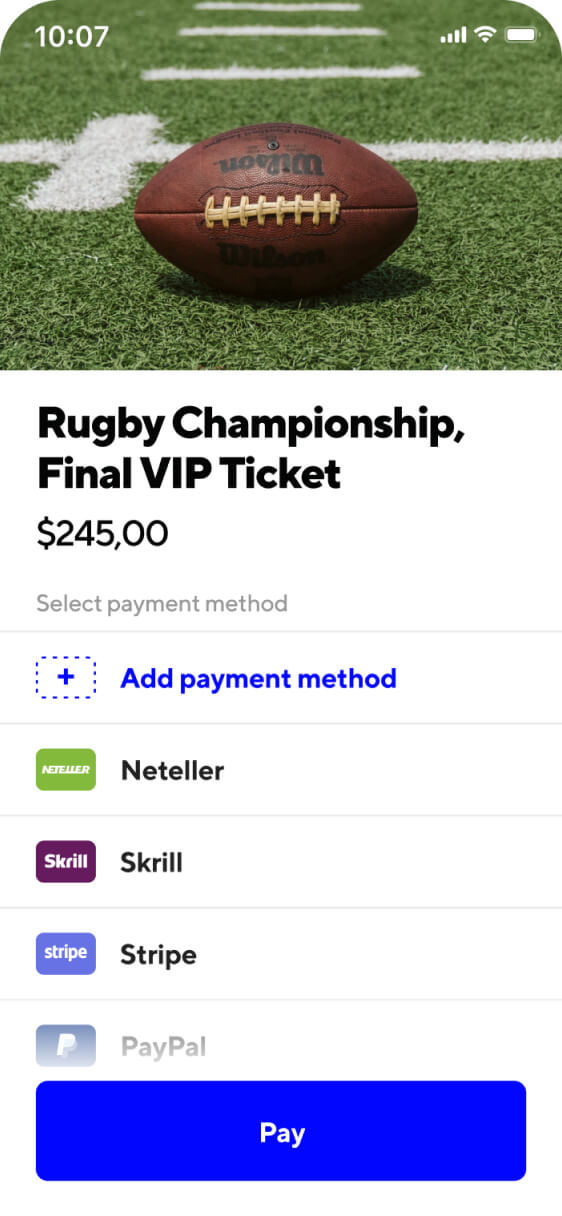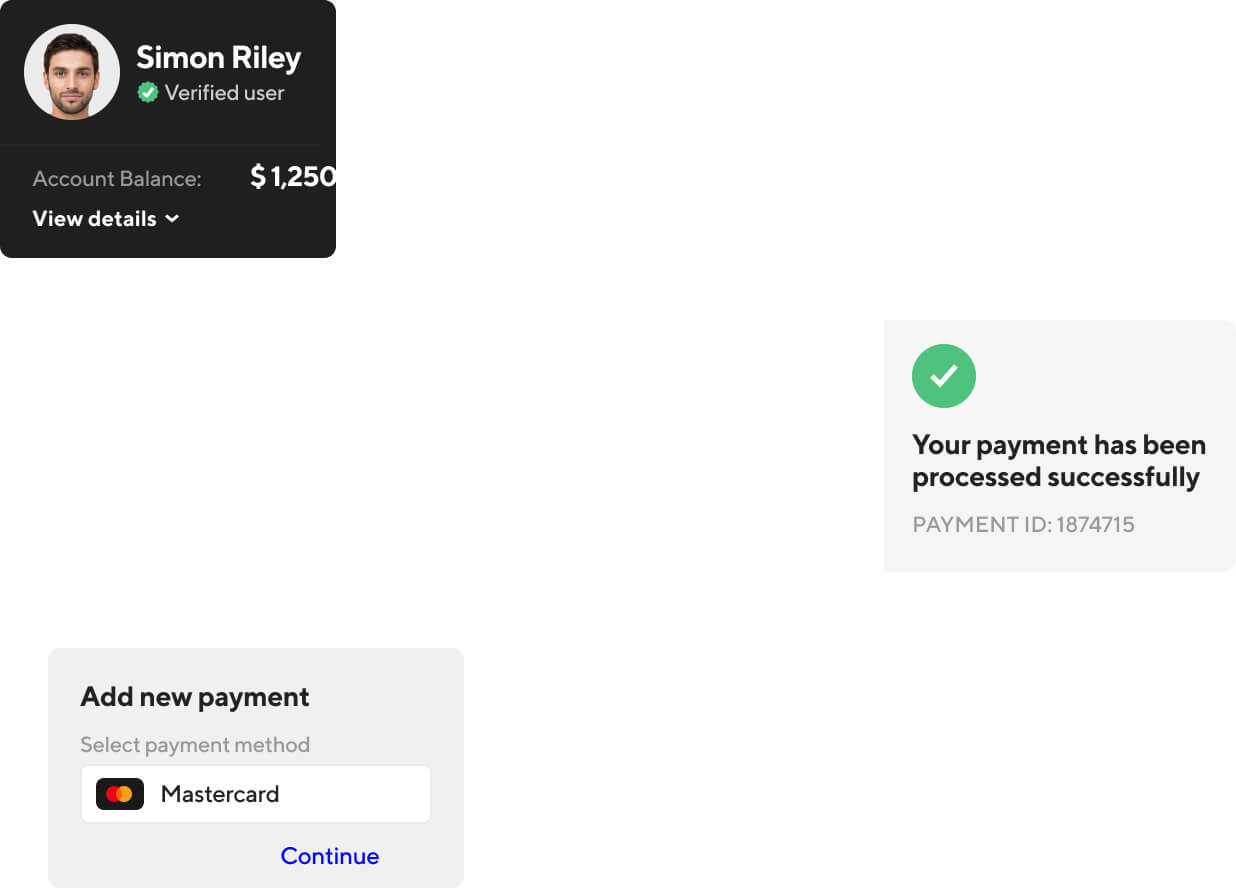Let’s analyse the checkout as a process from two perspectives: consumers’ and sellers’.
The consumer’s point
The online checkout process is pretty intuitive from the consumer’s point. For instance, shopping at an e-commerce website is similar to making purchases at a regular retail store: a consumer picks the goods, puts them into a cart, and proceeds to the checkout to pay. In real life, we pay at the counter. As for online shopping, we use an online checkout — a payment page, where we often have a selection of payment methods to choose from. Once we’ve decided, we’re required to input the information needed to pay with this particular method. It can be an account or credit card number, ID, card expiry date, our full name, etc. The next step is the verification process that ensures security and prevents fraud, and that’s it — we’re supposed to get some receipt and later our order.
The seller’s point
It’s a bit more complicated from the sellers’ point of view. As an entrepreneur, you need to open a bank account, an account at a payment service provider, or both. Then, you’ll have to get an online checkout solution and integrate it into your app or website. After that, your company can start selling, fulfilling orders, and collecting online payments. While the latter is usually not a problem, getting a checkout for website may be a hassle.




































 5500 **** **** 1124
5500 **** **** 1124
 4111 **** **** 3285
4111 **** **** 3285
 Austria
Austria
 Scotland
Scotland
 Norway
Norway
 GBP
GBP
 Portugal
Portugal
 Australia
Australia
 KRW
KRW
 Turkey
Turkey
 Israel
Israel
 Hong Kong
Hong Kong
 Armenia
Armenia
 EUR
EUR
 Japan
Japan
 Hungary
Hungary
 Denmark
Denmark
 United Arab Emirates
United Arab Emirates
 England
England
 Czech Republic
Czech Republic
 China
China
 Greece
Greece
 Sweden
Sweden
 Luxembourg
Luxembourg
 UAH
UAH
 Bulgaria
Bulgaria
 India
India
 Estonia
Estonia
 Finland
Finland
 Argentina
Argentina
 USD
USD
 Belgium
Belgium
 Croatia
Croatia
 Georgia
Georgia
 Italy
Italy
 Canada
Canada
 Ukraine
Ukraine
 France
France
 Germany
Germany
 Spain
Spain
 United States
United States
 JPY
JPY
 South Korea
South Korea
 Ireland
Ireland
 Switzerland
Switzerland